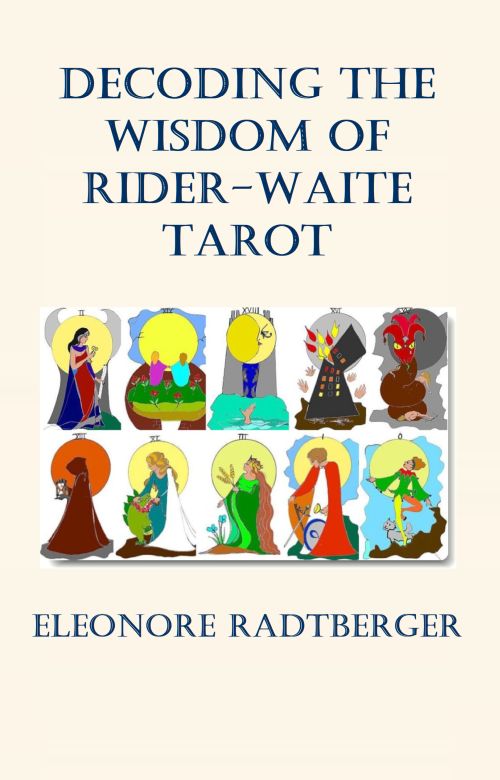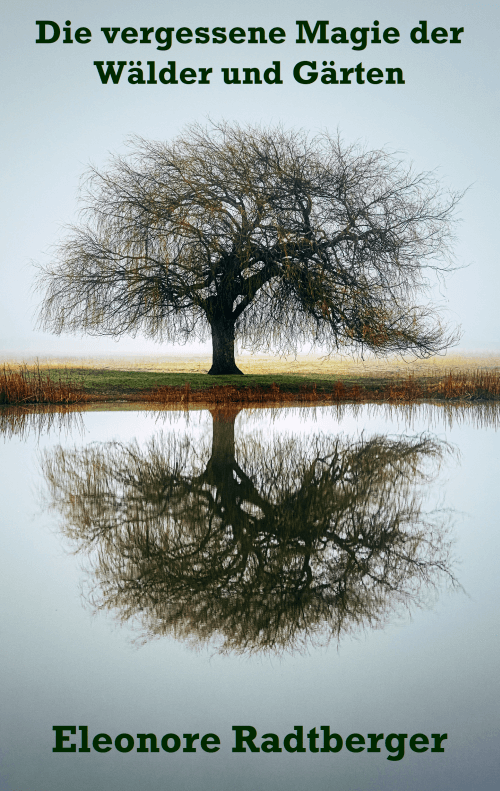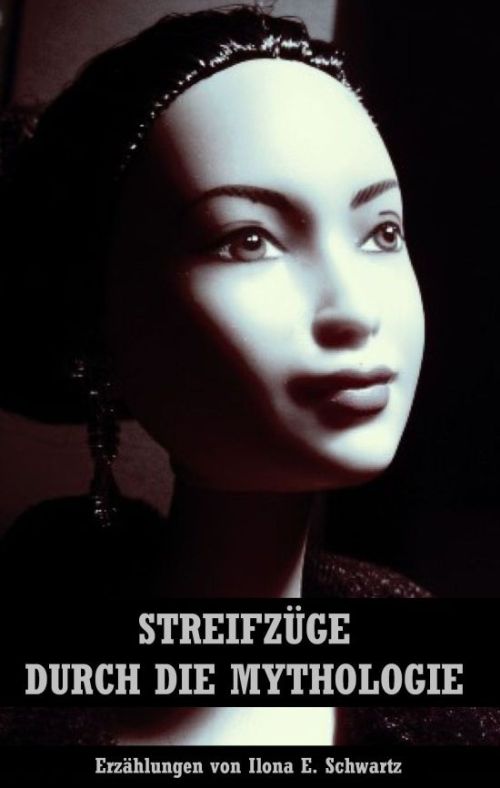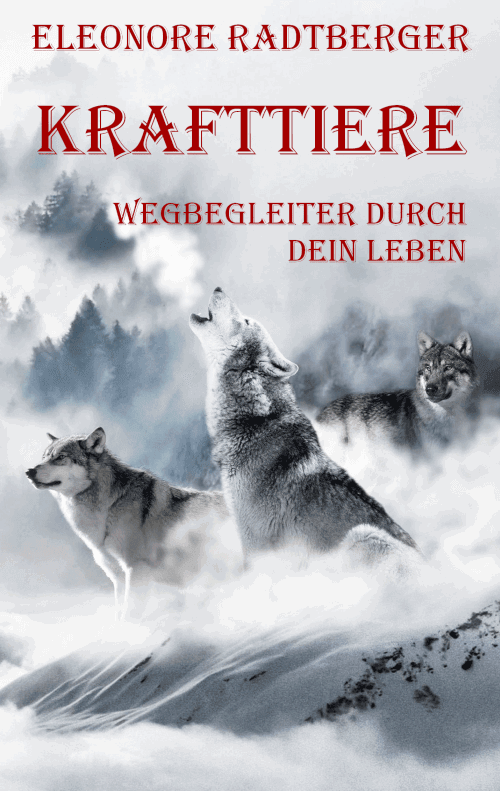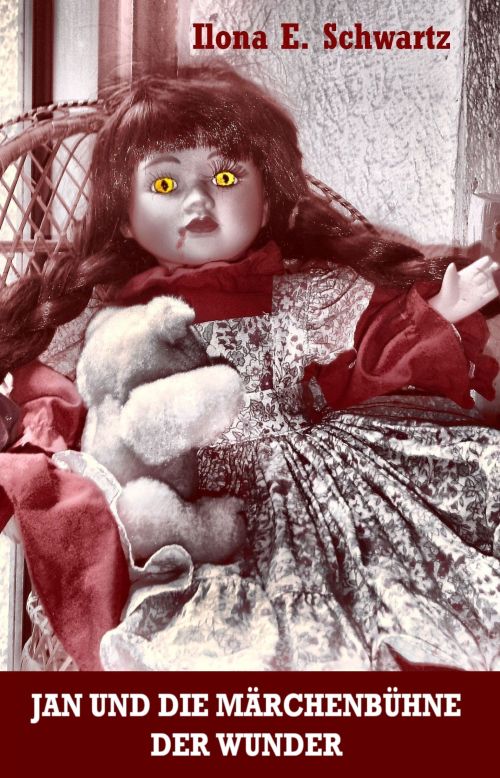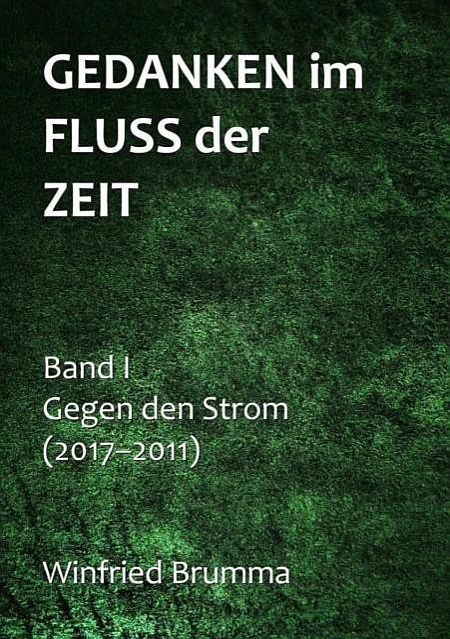
|
Cards of the Major Arcana: The Emperor – The Hierophant – The Lovers
Exploring the authority, spirituality, and harmony in the Tarot
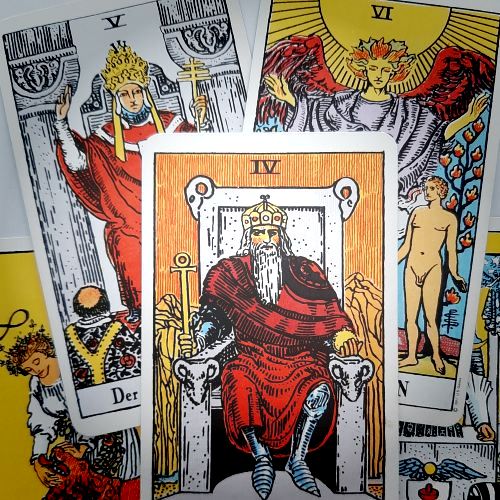
Today, we will present three more cards from the Major Arcana of the Rider-Waite Tarot deck. Together, they embody authority, spirituality and harmony in the Tarot.
The Emperor represents authority and structure. He symbolises stability and the power of leadership. This card often signifies a father figure or mentor who is guiding you. When drawn, it encourages you to take charge of your life, establish boundaries and create order amidst chaos.
The Hierophant embodies tradition and spirituality. Often associated with religious or spiritual guidance, this card signifies learning and conformity to established norms. It encourages seeking wisdom from experienced sources, whether through education or spiritual practices. Embracing traditions can lead to a deeper understanding and personal growth.
The Lovers card represents relationships and choices. It signifies a deep connection and harmony between partners or different aspects of oneself. When this card appears, it often suggests the need to make important relationship-related decisions, emphasising the importance of communication and mutual respect in achieving balance and unity.
The following are extracts from the author's book on Tarot. You can find further information about the book in the notes.
Card IV of the Major Arcana: The Emperor
The Emperor sits on a stone throne, wearing a red and purple robe. He holds his head high and looks out with a stern, scrutinising gaze. He is acutely aware of his importance.
This series of essays was first published in the German Tarot book "Das große Tarot-Buch", which is available in paperback and Kindle versions, as well as a PDF, ePub or Mobi file.

The symbols of his power, the sceptre and orb, are in his hands. However, he wears armour under his robes, as he has won his throne and is prepared to fight to keep it. The throne is adorned with four ram's heads, symbolising the four cardinal points, the elements and the pillars of the earth. He is also the ram, the first sign of the zodiac.
While the Empress's power was unrestrained and almost wild, the Emperor is disciplined and follows rules. The forces have been tamed and are now channelled by laws. They follow the will and power of the Emperor, and with this power comes responsibility.
Card IV always represents authority, whether you are exposed to it or represent it yourself. This concerns power over people and things, as well as the outward signs of it. One of the themes of this card is willpower and control. It is about taming forces and directing them into manageable channels. ... End of excerpt.
Card V of the Major Arcana: The Hierophant
After the Emperor displayed his power, the Hierophant revisits this theme. Like the Emperor, he sits on a throne. This time, however, he wears a tiara, a symbol of spirituality. The space between the two pillars is barely visible. Here, it is the individual that matters, not power or physical presence.
The man speaking to the two people present – or rather, his disciples – is the High Priest. He embodies wisdom and knowledge, as demonstrated by the two keys he holds. He is a wise teacher, mentor, counsellor and spiritual patron.
Like the High Priestess, the Hierophant is a guardian of secrets and knowledge, but here, matters are channelled. He oversees initiation and progress, and the concept of hierarchy emerges, which is integral to monasteries and faith-based communities.
Faith and healing in the sense of psychotherapy are themes of this card. The benevolent old teacher is one of the Hierophant's aspects; his authority must be recognised voluntarily in order for him to be of use to his students or followers. This card describes the path of the ignorant person who gathers knowledge, applies it, and ultimately passes it on. ... End of excerpt.
Card VI of the Major Arcana: The Lovers
The number six is one of the most beautiful cards in the Tarot and one of the most frequently consulted pages in the Book of Thoth. The Lovers are depicted in proud, unselfconscious nudity. A man and a woman face each other, with an angel bathed in sunlight hovering above them. With his arms outstretched, the angel appears to be protecting them. This is a truly beautiful image that perfectly illustrates duality, recognising the divine influence.
This card is sometimes known by different names in other decks, such as 'The Temptation' or 'The Decision'. In the Marseilles Tarot, a man stands between two women – one dressed simply and the other in finery. The message is clear: the man must choose between outward appearances and depth, sin and virtue, lust and seriousness.
In the Rider-Waite deck, there is an apple tree with a snake next to a woman. According to legend, this was the first decision made by a human being – Eve – which was then followed by Adam. Despite its name, the card is primarily about decision-making rather than romantic love.
Life demands decisions from us every day, especially in matters of the heart. Every day, the lover must reaffirm his feelings: he either persists or turns away. We recognise ourselves, the world, life and creation in others. What we love in others is either a trait we value in ourselves, or something we recognise as missing and wish to acquire in order to establish a balanced relationship. ... End of excerpt.
Would you like to find out more? Eleonore's book offers valuable guidance on using Rider-Waite Tarot cards. You can read some excerpts here:
– Using Tarot cards as a guide: Explore the wisdom of the Rider-Waite deck
– Mistakes when dealing with Tarot cards: The right way to use the Tarot
– How to interpret the hidden significance of Tarot cards: The Major Arcana
– Try swinging a pendulum. Communicate with your inner self
– Cards of the Major Arcana: The Magician – The High Priestess – The Empress
– Cards of the Major Arcana: The Chariot – Justice – The Hermit
– Cards of the Major Arcana: Wheel of Fortune – Strength – The Hanged Man
© 'Cards of the Major Arcana: The Emperor – The Hierophant – The Lovers. Exploring the authority, spirituality, and harmony in the Tarot': A series of essays by Eleonore Radtberger (translated by Izabel Comati), 10/2025. Image credit: Pressenet.
– When he felt painful stings on his skin. Short story
– Mosquito plague. How can I escape? A war essay
– Fantasy story about loneliness: My friend Thomas
Discover more articles! Use the search function:
English archive:
More reviews, book presentations and essays
2024/2025
German archive:
2024 |
2023 |
2022 |
2021 |
2020 |
2019 |
2018 |
2017 |
2016 |
2015 |
2014 |
2013 |
2012 |
2011 |
2010 |
2009
Become a writer for Pressenet! Write articles for our online magazine on trending topics such as best books to read, health and wellness, technology and gadgets, business and finance, travel and tourism, lifestyle and fashion or education and career. Info: Become an author
Sponsors and investors are welcome: If you found our articles interesting, we would be grateful for a donation. Please also recommend us to your networks. Thank you very much!
Sitemap About Privacy Policy RSS Feed
